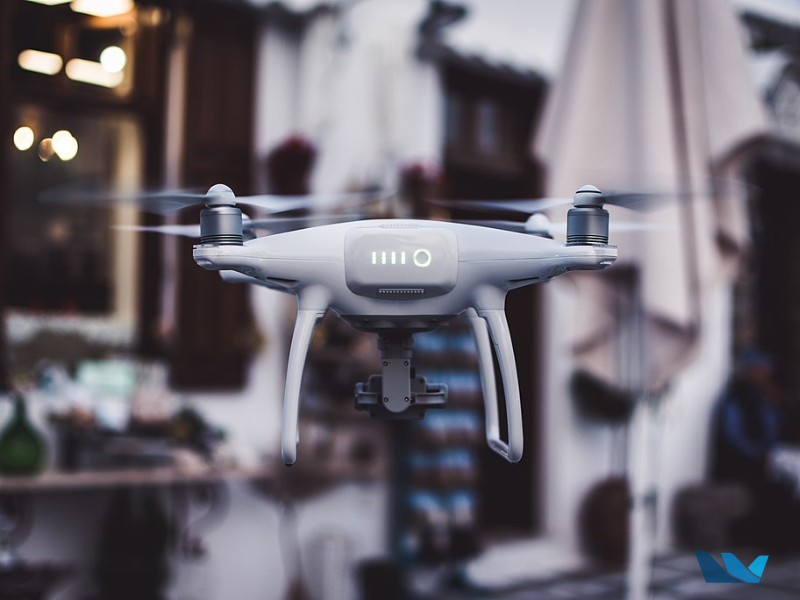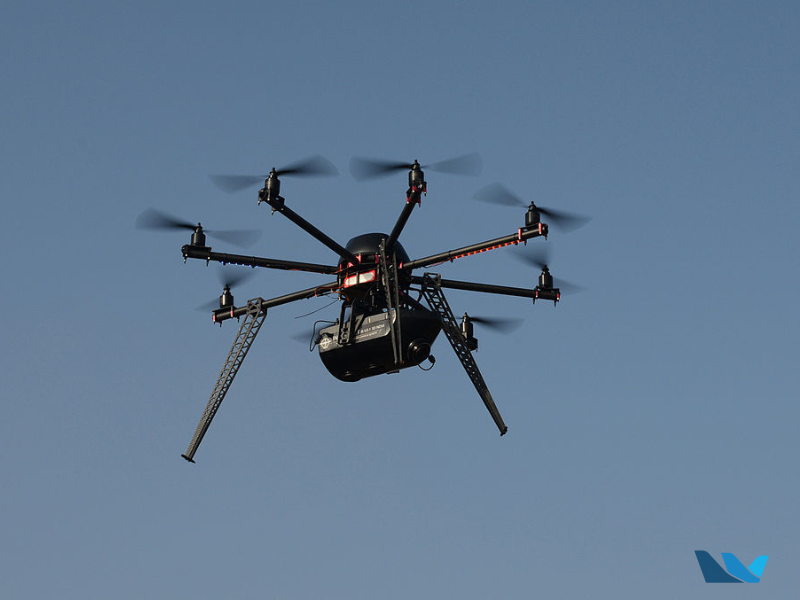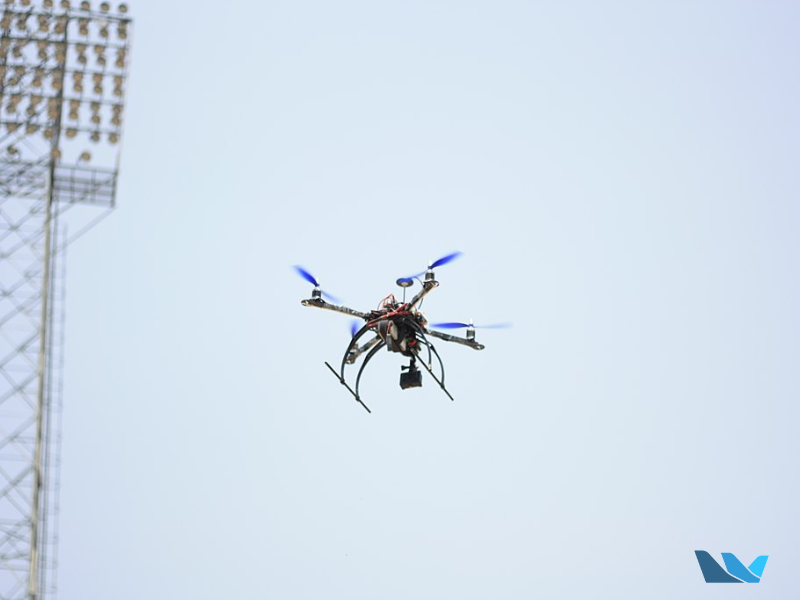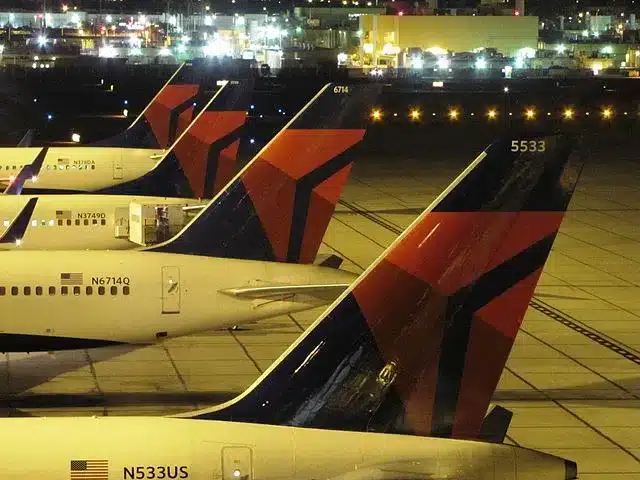UAS are here to stay. Who keeps them on the straight and narrow.?
Drones, Drones, everywhere. Save us Drone laws! Maybe, if we can get our acts together and on the same script page.
We support unmanned airspace and urban mobility. If it’s done right. And the regulatory framework is robust.
Years ago, modern technology would arrive at the urban setting. The latest smartphones, laptops, or even fancy new remote controls for your television.

Desperate adults searching for the big game would need constant technical rescuing. And by whom? Good question. Their single-digit aged children, who figured it out 5 minutes after it arrived.
Drones V eVTOL
Drones have been the must-have tech for some time. In the hands of those with penchants for discovery and creativity, allowing them to venture virtually way beyond their neighborhoods. What Mr. Zuckerberg is attempting with META; they can already do with a few hundred bucks and YouTube tutorials. In the real world.
Should we stop them? Can we? Everywhere you look there’s a drone. And they’re getting smaller and faster. Then there’s eVTOL and Electric aircraft that look like emission-free UberAir has finally arrived.
With billions cascading into the UAS (Unmanned Aircraft Systems), should we let the next generation explore this space? Do the requirements for drones outweigh the risks?
Aviation desperately needs solutions in the areas of sustainability and electric powered craft, but who’s in charge here? And what are they doing to control the UTM (Unmanned Traffic Management)?
Unmanned Aircraft
Say your washing machine breaks. And you decide to search for your model on YouTube. A criminally few minutes later you’re unclogging the softener tray and back in front of TikTok. The digital age truly is a marvel.

And with it brings a new Air Race. Affordable aerial vehicles are being bought in stores or online and being modified using YouTube tutorials. With a few modifications these “toys” can climb to 30,000 feet and can carry top-shelf cameras and other sensors. Creating a new generation of filmmakers and amateur sleuths.
They can also travel at incredible speeds as you can see on this crazy drone video. Hope they carry insurance.
Commercial Drones
Increases in UAS industry technology and battery life has also led to them becoming battlefield advantages in countries like Syria and more recently in Ukraine. Here at home, Airborne police and EMS units constantly encounter UAS at public property sites. Some of which are heavily modified. Some of which can outrun and escape attempts to track them down.
A UAS is a hovering laptop. Allowing you to take that computing power into the skies over private property. And thus opens a brand-new world of threats. Both for the public and the operators but also for those who want to hijack them.
Drone Law and No-fly zones
Commercial Air space is regulated and controlled. Every aircraft either has an electronic transmission beacon (known as a Transponder) or is being monitored through ADSB technology. Aircraft are also certified, registered and the pilot is well trained.
Where aircraft can fly, at what speed and through which air corridor, is also never random. Airports are secure and access to aircraft and their passengers and payloads is tightly controlled.
The Drone industry has created a new and challenging scenario. If an ecosystem of similarly regulated drones existed (and it will) what can stop bad actors infiltrating UTM space or removing UAS “license plates” or ID “tags” or remotely hijacking software that diverts the vehicle and its payload.
Unmanned Aircraft
Right now, there is a baseline GPS restriction law on unmanned vehicles. Where the manufacturer is compelled to “block” the drone’s operation in areas pre-determined as being restricted, known as “geo-fencing”.

BVLOS is what the commercial operators want because it means drones can be programmed to fly anywhere (to deliver that Pizza for example). And only having to track it digitally.
But this feature can easily be disabled with off-the-shelf software. The only way to solve this problem (currently) is to either have compliant flights only or to have drone-detection hardware everywhere. BVLOS is a key phrase here. It means beyond visual line-of-sight. And this is the holy grail of operators good and bad. It means your drone can fly anywhere without you having to physically see and verify where it is, which are the current rules.
BVLOS is what the commercial operators want because it means drones can be programmed to fly anywhere (to deliver that Pizza for example). And only having to track it digitally.
Law Enforcement Agencies
On December 19, 2018, at Gatwick airport a UAS sighting closed the single-runway airport down for days. And this was just a sighting. No incident was reported, and the drone didn’t threaten an aircraft or critical system. Similar things happened recently near LAX.
After the LGW incident a new industry sprouted, the counter drone market. We have an article on those new systems where you can check out how this is done. But like any developing technology, or cybersecurity system, or obstacle, it doesn’t take long for bad actors to figure out how to beat these systems.
Unfortunately for government agencies and drone laws, it’s clear now that the range, speed, and power of these modified drones cannot be countered by these technologies.
UTM Traffic Management
Unmanned Traffic Management or UTM is what is currently being rushed into existence by every state. Not only to manage the threats but also to offer a commercial platform for companies to confidently ply their wares.
Controlled airspace is chargeable, just like car registration. You will have to pay to play. UTM also allows the connectivity between them and commercial airspace. Which is needed to separate the drones from private and civil aircraft.
It’s only after these two systems are fully “married” that we can start to look at identifying and stopping malicious or unregulated drone activity. But that’s not the end of the story. What’s stopping bad actors creating legitimate drones only to deactivate them at some point for nefarious use? Or worse still, others who hijack UAS that appear compliant and use them for criminal activity.
The problem is not just a hardware one. It’s a software one too.

Drone Criminals Beware
What’s the greatest threat to these bad actors? Getting caught. Years ago, to create havoc, a Ner-do-well would have to appear in the world at some point to physically act out his threat. UAS platforms offer anonymity.
Say someone wanted to mount an attack on a civilian airport. They could go onto Facebook and buy a second-hand Mavic Air 3 drone. While he waits for that to arrive, he (or she) could source a battery upgrade and a hacked drone user account and registration from the dark web.
He then goes to YouTube and learns how to build and install a payload carrying system that will sit under the drone without compromising its flight characteristics. The drone arrives and he uses gloves to remove anything that could tell investigators where it came from, blacks out the LED lights and disables one or two of the engines to reduce noise (he’s not interested in longevity).
This person can now sit anywhere within 5k of an airfield and do whatever he likes, and it costs him a few hours and under $1,000 dollars.
Rules
Intelligence agencies, if you know where to look, have been reporting for years about online chatter between groups on how to abuse this new market. Which drones to buy, how to circumvent the software, how to modify the drone. This is a good thing, but it must be translated into actionable steps organizations or drone regulation folks can use.
Otherwise, the UAS market will never take off. What we need is intelligent systems, Artificial Intelligence, and Machine Learning. Which we know is already being trialed in the ATC sector. It’s not easy to know if a drone is a “good” or “bad” without being able to analyze a multitude of data points in both the drone itself and in the UTM database.
We want innovation, we really do, and we want anything that takes CO2 from our skies. “Last mile” deliveries should do that and eVTOL aircraft might take taxis and private jets out of airports. But drone safety requires every rule and the requirement for drones must be robust. And so must the civil penalties.



